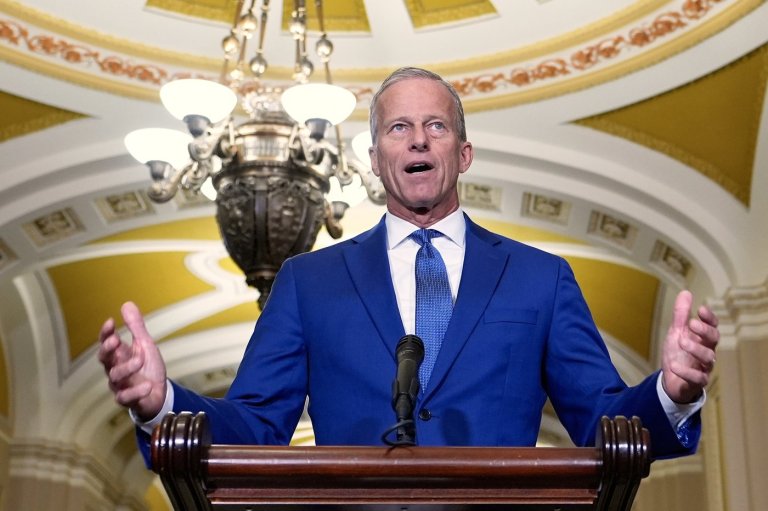Q&A: What are the Common Core academic standards and why should parents care?
Forty-five states and the District of Columbia have adopted the Common Core State Standards with the goal of sending high school graduates into the world ready for college or career. But they’re hardly without controversy.
A look at the learning standards and the issues surrounding them:
Q: What are the Common Core State Standards?
A: The standards spell out the reading and math skills that students should have at each grade level, from kindergarten through high school. For example, a first-grade reader should be able to use a story’s pictures and details to describe its characters. In math, a first-grade student should be able to add and subtract, and in third grade do multiplication and division.
Q: Is this a set curriculum?
A: This actually isn’t a curriculum in the sense of prescribing day-by-day lessons. Schools and teachers still come up with their own lessons to teach the skills to students.
Q: Weren’t there standards before?
A: Yes, but they varied from state to state. Some states had very few changes to make when they shifted to Common Core, while others had to overhaul their existing plans.
Q: How is Common Core different from the old standards?
A: The new standards require students to think and reason more. It’s not enough to recall facts or do a math problem. Students have to explain their process.
Q: What states have not adopted these standards?
A: The only states that have not adopted the standards are Alaska, Texas, Nebraska and Virginia. Minnesota has adopted only the English standards.
Q: Does this mean those states are saying they want lower-calibre schools?
A: Not necessarily. In some states, the political opposition to anything from outside the state is intense. Others, such as Virginia, had recently reviewed their standards and decided to keep them in place.
Q: Who wrote these standards?
A: The National Governors Association and Council of Chief State School Officers developed the standards with help from teachers, parents and experts.
Join the Conversation!
Want to share your thoughts, add context, or connect with others in your community? Create a free account to comment on stories, ask questions, and join meaningful discussions on our new site.













Leave a Reply
You must be logged in to post a comment.